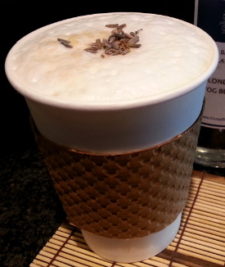The History of Adding Milk to Tea

The History of Adding Milk to Tea
It is speculative whether or not the English were the first to add milk to their tea. It’s believed that they were not, but rather following suit to a previous destinations fashion to do so. Tea arrived in Briton in 1660, however in 1655, a Dutch traveler by the name of Jean Nieuhoff experienced tea with milk at a banquet in Canton given by the Chinese Emperor Shunzhi.
Tibetans have been using butter to flavor their tea since before the 10th century. The reason to do so had to do with diet, or a lack of it. It is done because of the high calorie content of the Yak butter used, and the sparse availability of specific food found within the region.
You also have a much younger culture, depending on who you talk to that also added milk to tea in the form of Chai. Yes, the Indians and their culture have been imitated by the British for some time now.
In 1680 Madame de la Sabliere, served tea with milk at her famous Paris salon. She is traditionally ascribed to introducing the custom to Europe.
It is also thought that the poor quality in tea had to be softened with the flavor of milk just to make it palpable. On a more scientific note, black tea contains oxalic acid. This acid can disrupt calcium flow in the body. Adding milk to black tea helps to counter this reaction. Lemon is added to black tea to break down the tannins. Of course, British high tea features both of these practices.
TIDBIT: It is said that milk was used by less than respectable employers to shorten the length of tea breaks by British workers. Before the introduction of the milk the workers would have longer breaks to allow the black tea to cool to a consumable temperature – adding milk cooled the drink, shrinking the time it took to drink it – increasing work time.
Source: www.quora.com/What-are-the-historical-reasons-Britons-add-milk-to-tea

